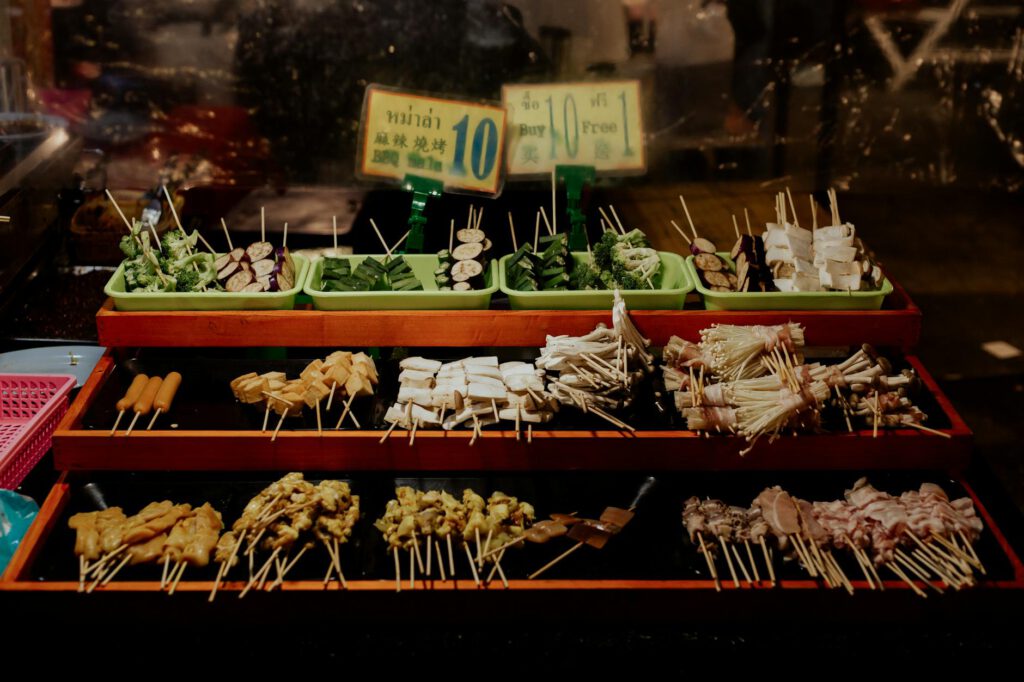Introduction
Urban foodies are increasingly drawn to sustainable, locally sourced, and unique culinary experiences. Foraged mushroom kits offer an exciting way for city dwellers to grow gourmet mushrooms at home, combining convenience with the thrill of harvesting their own food. Selling these kits to urban foodies requires a strategic approach—understanding their preferences, leveraging storytelling, and using the right marketing channels.
This guide will walk you through how to successfully sell foraged mushroom kits to urban foodies, covering market research, branding, sales strategies, and tools to maximize your reach.
Why Urban Foodies Love Foraged Mushroom Kits
Urban foodies prioritize sustainability, health, and novelty in their food choices. Foraged mushroom kits align perfectly with these values by offering:
- Sustainability – Growing mushrooms at home reduces reliance on commercial farming and lowers carbon footprints.
- Health Benefits – Mushrooms are packed with nutrients, and homegrown varieties ensure freshness.
- Culinary Adventure – Urbanites crave unique food experiences, and foraging (even at home) adds excitement.
- Convenience – Kits simplify the growing process, making gourmet mushrooms accessible to beginners.
By positioning your kits as a blend of sustainability, health, and gourmet appeal, you can capture this market effectively.
Identifying Your Target Audience
Before selling, you need to know who your ideal customers are. Urban foodies aren’t a monolith—they include:
- Home Chefs – People who love experimenting with fresh, unique ingredients.
- Sustainability Advocates – Eco-conscious consumers who prefer low-impact food sources.
- Wellness Enthusiasts – Those focused on functional foods and natural health benefits.
- Urban Gardeners – Apartment dwellers with limited space who still want to grow food.
How to Research Your Audience
- Social Media Listening – Monitor foodie groups, hashtags (#UrbanForaging, #HomegrownFood), and forums like Reddit’s r/foraging.
- Surveys & Polls – Use Instagram Stories or Google Forms to ask potential customers what they look for in a mushroom kit.
- Competitor Analysis – Study brands like North Spore or Back to the Roots to see what resonates with their audience.
Crafting a Compelling Brand Story
Urban foodies connect with brands that have authenticity and purpose. Your brand story should answer:
- Why mushrooms? – Share your passion for foraging and sustainability.
- What makes your kits special? – Highlight unique strains (like Lion’s Mane or Shiitake) or eco-friendly packaging.
- Who benefits? – Emphasize how buying your kit supports local foragers or environmental causes.
Example: A Successful Brand Narrative
“At WildRoot Mushrooms, we partner with local foragers to bring the magic of the forest to your kitchen. Each kit contains spores sustainably harvested from Pacific Northwest woodlands, allowing you to grow gourmet mushrooms with zero waste.”
Effective Sales Channels for Mushroom Kits
1. E-Commerce (Shopify, Etsy, Amazon)
- Optimize product listings with keywords like “gourmet mushroom growing kit” or “urban foraging supplies.”
- Use high-quality images and videos showing mushrooms sprouting from the kit.
2. Farmers’ Markets & Pop-Ups
- Offer live demos to show how easy it is to grow mushrooms at home.
- Provide recipe cards featuring dishes made with homegrown mushrooms.
3. Subscription Models
- Offer monthly kits with different mushroom varieties to keep customers engaged.
4. Influencer & Chef Collaborations
- Partner with food bloggers or chefs to showcase recipes using your kits.
Marketing Strategies to Attract Urban Foodies
Content Marketing
- Blog posts: “5 Easy Mushroom Recipes for Your Home Harvest”
- YouTube tutorials: “How to Grow Oyster Mushrooms in 10 Days”
Social Media Engagement
- Instagram Reels showing time-lapses of mushroom growth.
- User-generated content: Encourage buyers to share their harvests with a branded hashtag.
Email Campaigns
- Send growing tips, recipes, and exclusive discounts to subscribers.
Tools & Resources to Streamline Sales
- SEO Tools – Ubersuggest or Ahrefs for keyword research.
- Email Marketing – Mailchimp or Klaviyo for nurturing leads.
- E-Commerce Platforms – Shopify for easy online sales.
- Payment Processors – Square for in-person markets.
Frequently Asked Questions (FAQs)
1. How long does it take to grow mushrooms from a kit?
Most kits yield harvests in 10–14 days, depending on the variety.
2. Are mushroom kits suitable for beginners?
Absolutely! Kits come with instructions, making them perfect for first-time growers.
3. What’s the shelf life of a mushroom kit?
Unopened kits last 2–3 months in a cool, dark place. Once activated, they produce mushrooms for several weeks.
4. Can I grow mushrooms indoors without sunlight?
Yes! Mushrooms thrive in indirect light or even dark spaces like closets.
5. How many harvests can I get from one kit?
Most kits produce 2–3 flushes of mushrooms before needing replacement.
Conclusion
Selling foraged mushroom kits to urban foodies is a lucrative opportunity if you position your product as sustainable, convenient, and gourmet. By understanding your audience, crafting a compelling brand story, and leveraging the right sales channels, you can turn urban dwellers into loyal mushroom growers.
Start small—test different marketing strategies, engage with your community, and refine your approach based on feedback. With the right tactics, your mushroom kits could become a staple in every urban foodie’s kitchen.
Now, it’s time to take action. Which strategy will you try first?

